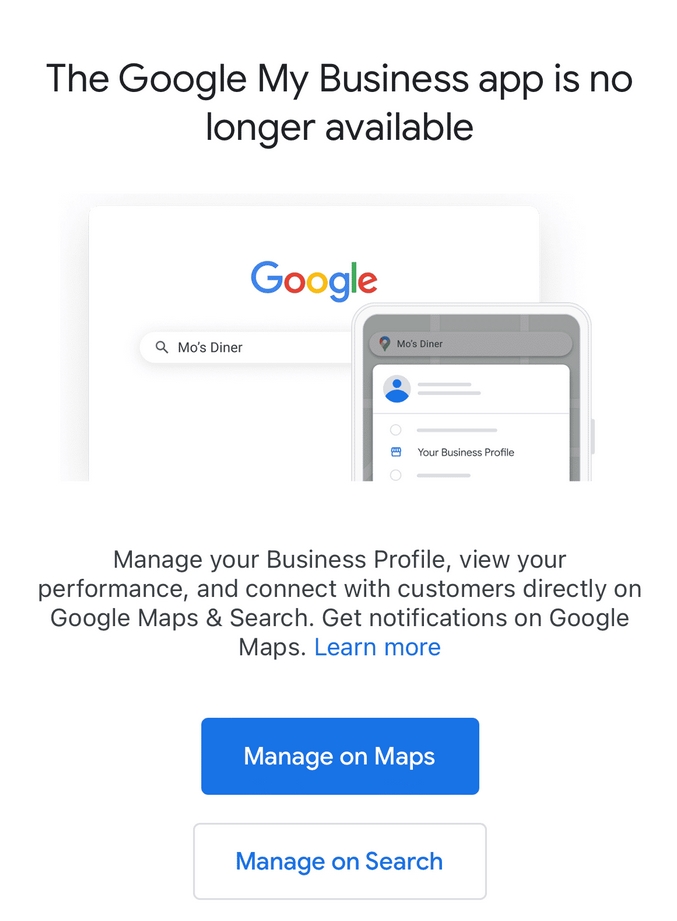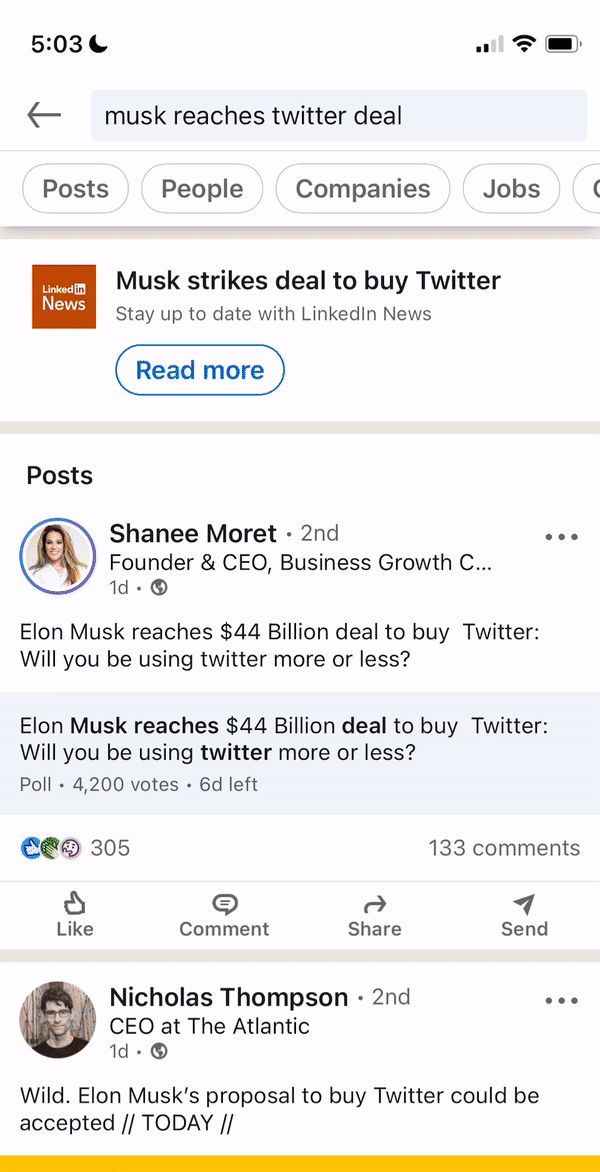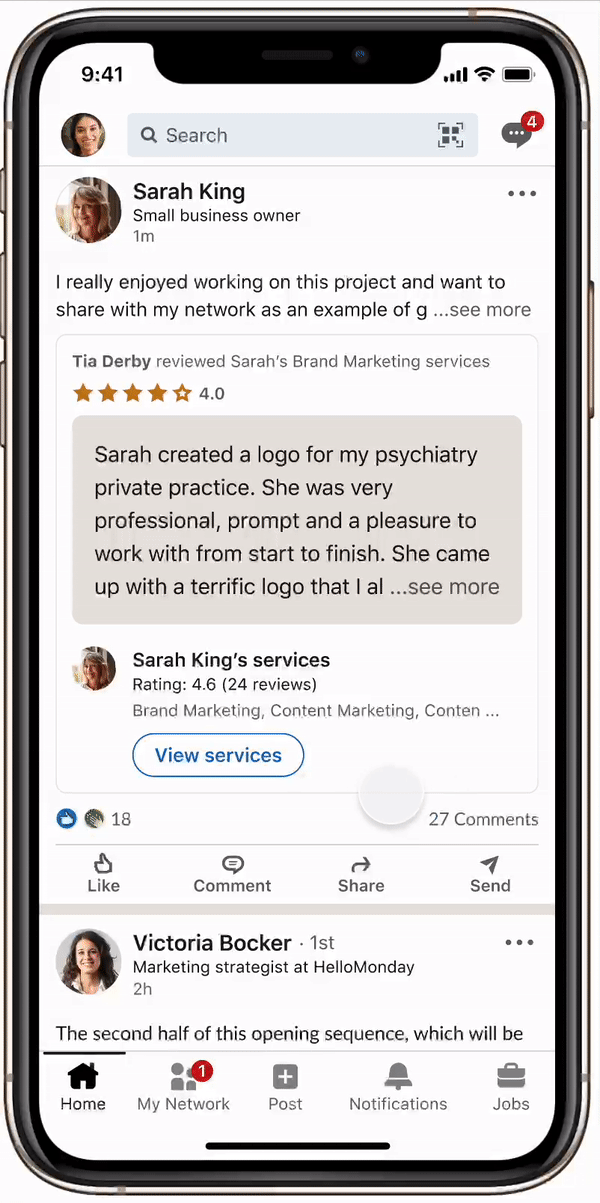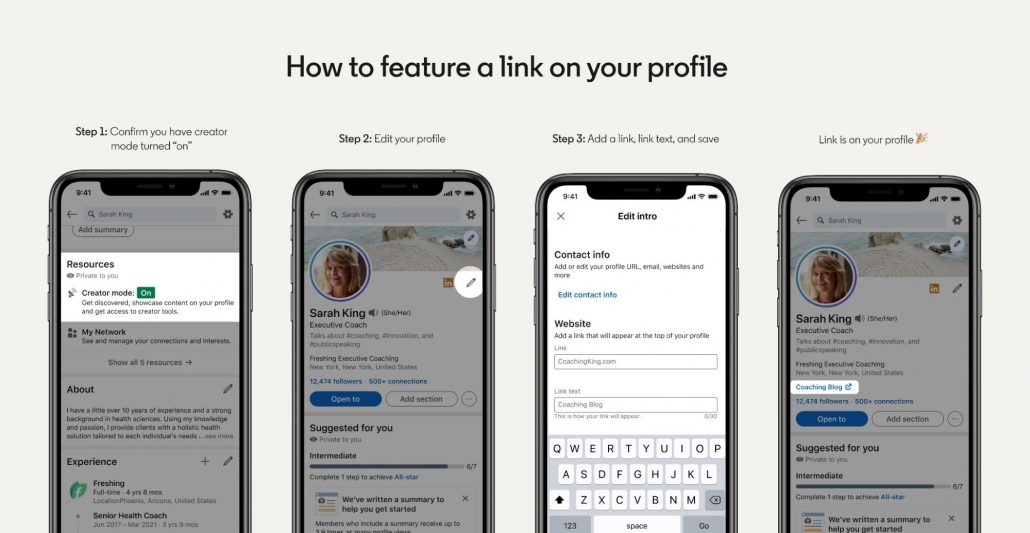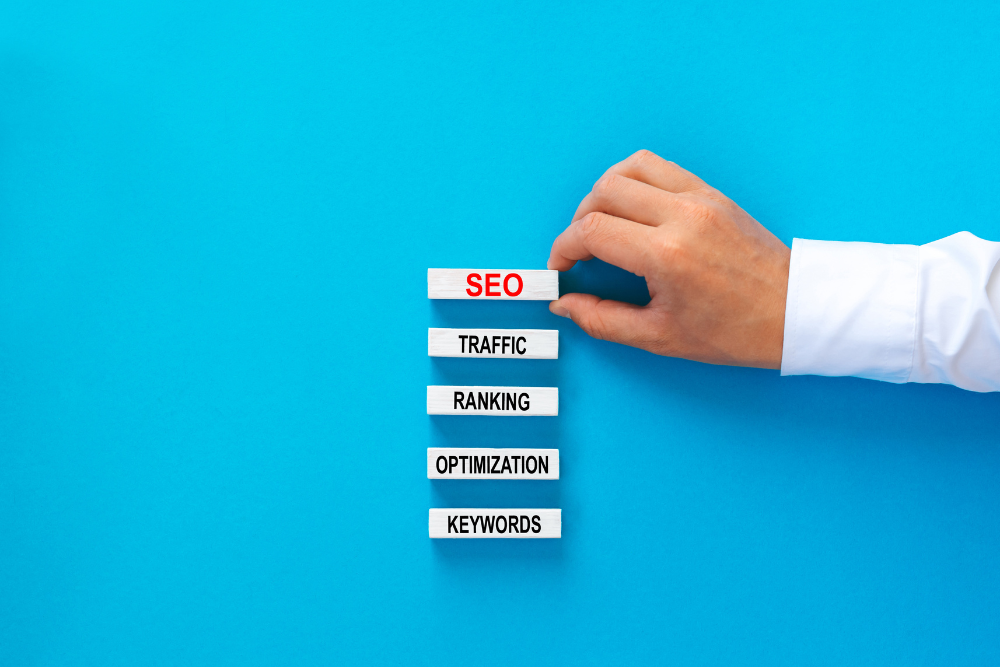A new video from Google focuses on helping e-commerce brands stand out on the search engine, including specific strategies for ensuring your listing is eligible for search features that make your listing more prominent and visible.
For starters, the video lists three general guidelines for making your products stand out:
- Images help visitors understand your products
- Product reviews and star ratings increase trust in your brand
- Pricing and availability information allows shoppers to choose the best seller for their needs
With that in mind, Google’s Alan Kent then breaks down six ways to make your site more visible on the search engine.
1) Title Tags
As one of the first things any searcher will see, title tags are crucial for helping searchers understand your web pages. This is why site owners should take extra care when preparing the titles for their pages – especially product pages.
“A good title link can greatly help users understand your offering, bringing quality traffic to your site. … Low-quality title links can harm a users’ impression of your site.”
While Google will rewrite title tags if it believes the existing titles do not adequately describe the related page, it is better to deliver informative titles on your own.
Kent also advises against adding time-sensitive product details like pricing or availability in titles because they may be outdated by the time this information is updated in search results.
2) High-Quality Images
Improving the quality of your product images can make shoppers feel more confident about your products and their potential decision to purchase.
As Kent says, “we’ve observed that users generally respond well to high-quality images and recommend that key images be at least 1200 pixels wide.”
Once these images are in place, Kent suggests checking the Max Image Preview metadata as that provides Google with guidance on how to handle images within search results.
Additionally, best practices indicate you should use product structured data to allow Google to pick the best images to display in search results.
Lastly, he provided some broad guidance for product photos, encouraging e-commerce brands to focus on creating product photos that best help shoppers understand their products. For example, you might highlight different angles or provide size comparisons within product photos.
3) Share Rich Product Data
Google uses structured data to more easily understand web pages and enable them to be shown as rich results or “special presentation treatments”.
Specifically, Kent emphasizes that these details should always be included in structured product data:
- Product Title
- Description
- Images
- Ratings
- Price
- Availability
Kent also encourages brands to regularly use the Search Console URL Indexing tool and Rich Results Test tool to ensure you don’t have any issues with structured data on your site.
4) Share Price Drop Data
Google uses special price drop presentations to highlight special deals in search results. Still, e-commerce brands must share pricing information with the search engine and include the Offer property in the product structured data to be eligible.
However, there is no guarantee your listing will be shown in a special price drop presentation once you’ve provided these details.
5) Identify Products You Sell
Use accurate product identifiers – such as GTIN identifiers – along with Google Merchant Center data and structured product data to make your site eligible for product carousels.
6) Create a Business Profile Listing
Kent advises brands to create a Google Business Profile via the Google Business Profile Manager if their shop also has a brick-and-mortar location.
This enables your site to be included in local search results which makes your physical locations more visible in search.

